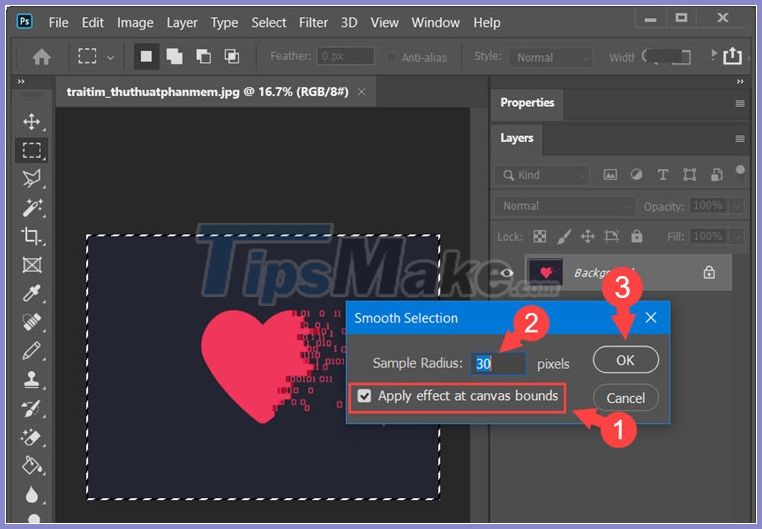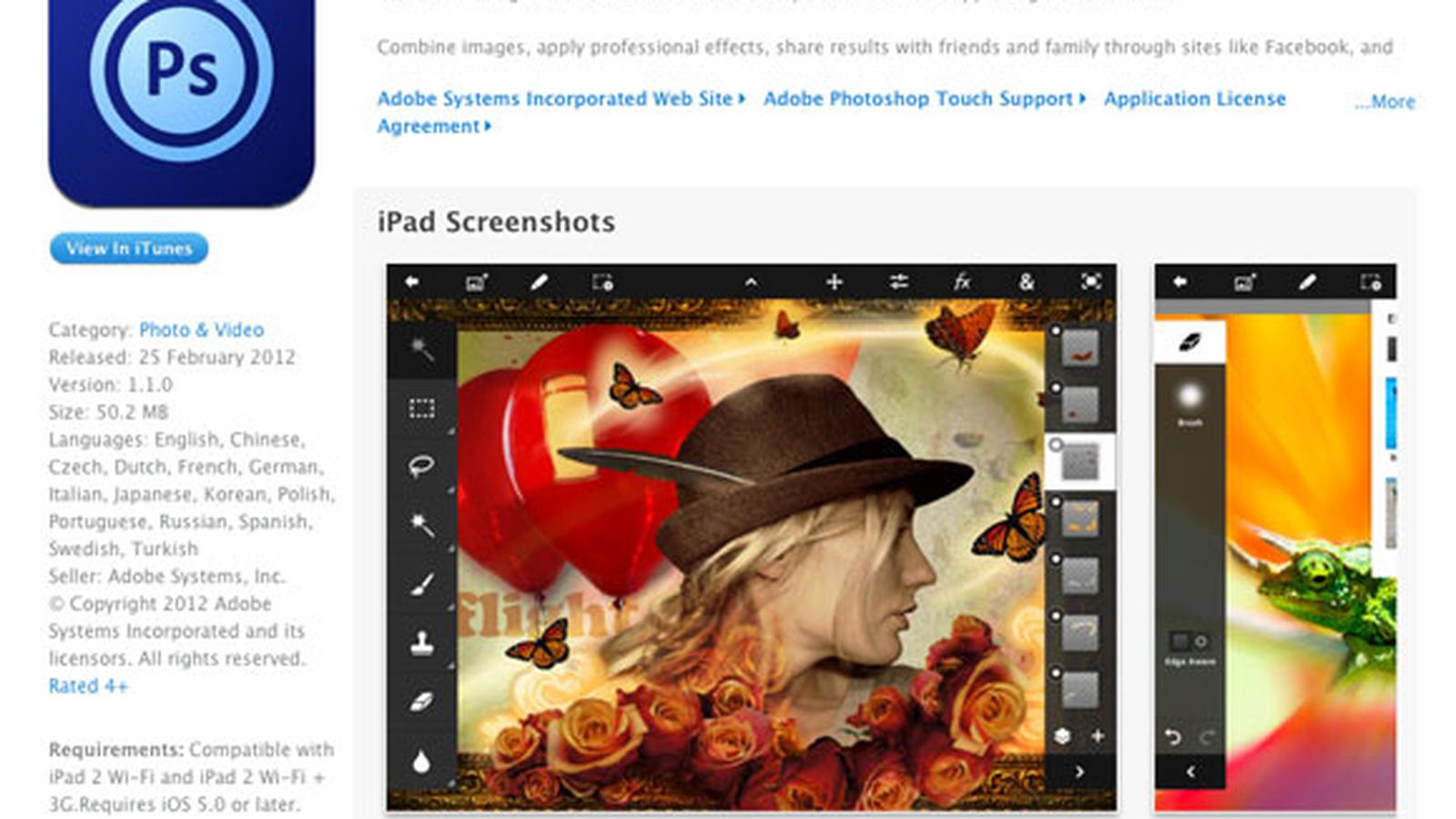
Do keep in mind, however, that layer styles are about experimentation - some effects work perfectly in some designs, whereas they may look terrible in others. If you want a more dimensional portrait, add some digital elements such as flowers, leaves, buttons, etc.Īnd that is all there is to it! If you want to see how Donna Downey used the Cutout filter to create a traditional art portrait, check out THIS post from December 2017.In this guide, I will be walking you through each individual layer effect and showing examples of each. Follow this step until all parts of the portrait are filled with digital paper.Ĥ. Place a piece of digital paper above the selection that you want to clip it to and use the Ctrl>Alt>G shortcut to clip the paper to the selection. Copy each selection to a new layer using the shortcut Ctrl>J. If you would prefer to select each section individually, make sure that “Contiguous” is unchecked.ģ. If you want to clip one paper to every part with the same color, check “Contiguous” in the settings panel. Select the Magic Wand tool from the tools panel and adjust the settings to set the Tolerance low (I used a setting of 5). Once you have the photo converted, simply use the Magic Wand tool to create clipping masks for each of the colored sections. Here is a look at the Cutout photo (supplied by Donna Downey) that I used for this page:Ģ. You will also want to use a Cutout filter setting that gives you larger areas of each color. Black/white is the best option for the paper pieced effect. Use the steps above to create a cutout filtered photo. Take a look at the technique in action on this page (from the December 2017 Winter Magic celebration):ġ. You can also use the Cutout filter to create a template for a cool digital paper pieced effect. Here are the settings I used on the above photo:Īnd that is all you need to do! If you want to see some other artsy filters, check out THIS post from last summer. You will be able to see the adjustments on the photo in the viewing screen, so the process is pretty quick and easy. There is no magical formula for these settings, you just need to play with them until you achieve the look you want with your photo. Now all you need to do is adjust the settings that you will see to the right of the filter folders. TIP: To make your entire photo visible in the viewing area, click on the size menu in the bottom left corner and choose “Fit in View.”Ĥ. Click on the folder (if it is not already open) and you should see the Cutout filter in the top row. The Cutout filter is located in the Artistic Folder at the top of the menu column. This will take you to a new screen where you can see all of the available filters. Click on the Filter button at the top of the work space and choose “Filter Gallery” in the drop down menu. PSE will not open 16 bit images, so this issue would not come up in that program.)ģ. (This should only be an issue if you are working with a RAW image in Photoshop which is sized at 16 bits. To check your image size click on Image at the top of the work space, then choose Mode in the drop down menu and select “8 bits/Channel” in the flyout menu. Before you try to access the filter gallery in Photoshop, make sure that your photo is sized at 8 bits (the filter gallery will not be accessible if you are working on a 16 bit image). You can do this in the Camera Raw filter in Photoshop (or in Lightroom) or Image>Adjustments>Brightness/Contrast and adjust the contrast slider.)Ģ. (It also helps to increase the contrast in the photo. I used Radlab on my photo, but a quick and easy way to do a b/w conversion right in Photoshop or PSE is to apply a Hue/Saturation Adjustment (CTRL>ALT>U). You might want to try both a color and b/w version of the photo to see which one you like better.) Use your favorite technique for the black/white conversion.


(This step is optional – it really depends on what look you want.

Take a look at the Cutout filter in action:ġ. Ready to enter the world of digital abstract portraits? Then come on in and join me as I revisit one of my favorite digital filter effects. You can use the filtered portrait as is for an edgy art journal effect, or you can use it to create a paper pieced template effect.

One of my favorite digital techniques for creating abstract portraits is the Cutout Filter in Photoshop.


 0 kommentar(er)
0 kommentar(er)
